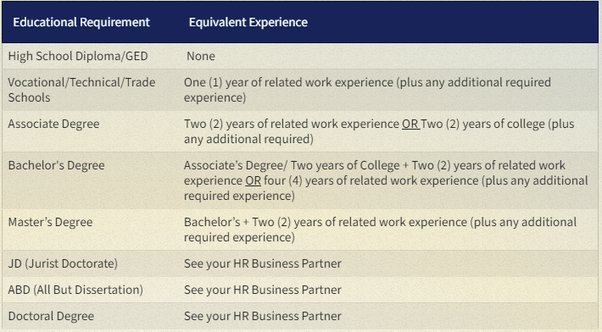A Flexible Approach to Candidate Screening: Less Vacancies and more Successful New Hires
The most recent data provided by the U.S. Bureau of Labor Statistics (BLS) shows that the number of job openings has begun to decline compared to its peak in March of 2022. However, that decline has been gradual at best (10,512 - Oct 22 vs. 10,458 - Nov 22).
THEN: "What makes you a good fit for this company?"
NOW: "Let me tell you why our company is a good fit for you."
Alongside the continued influx of job openings, the BLS also reveals a gradual increase in the U.S. unemployment rate. As of November 2022, there are .6 unemployed persons per job opening. Yes, you read that correctly - less than one individual is unemployed for every available job. That information is jarring enough, but is even more so when considering narrowly specified job requirements.
One would assume that "Many Job Openings" + "An Increased Candidate Pool" means a more comfortable recruitment environment... right?
Well, countless companies continue to struggle with filling their open positions. The job market has become so competitive in fact, that many employers are spending months recruiting for roles that might have only taken weeks to fill in the past.
There are many factors contributing to the current state of hiring. A few of those include:
Challenges with pay equity
An increase in recruitment supporting A.I. technology (which can often eliminate promising candidates before serious consideration).
Increasingly unrealistic, difficult-to-meet, and even contradictory expectations regarding qualifications and experience.
Despite the staggering labor market changes and lack of available talent, many employers are still unwilling the adjust their ways and expectations.
Despite the staggering labor market changes and lack of available talent, many employers are still unwilling the adjust their ways and expectations.
The Consequences of Employer Inflexibility
Unfortunately, this stringency has several inadvertent consequences, and loyal and tenured employees are left to pay the price.
First, steadily growing workloads caused by aging vacancies lead to workplace burnout, often causing even FURTHER turnover and more seemingly impossible-to-fill openings.
Another increasingly relevant consequence of employer inflexibility is its challenge to workforce diversification. While all levels of education are technically available to all demographics, numerous studies have revealed gaps in access to educational resources based heavily on geographic and socioeconomic limitations.
So what can we, as hiring managers, DO about all of this?
So what can we, as hiring managers, DO about all of this?
"Adapt or perish" - Adjust your expectations, and practice flexibility
In 1945, HG Wells famously wrote, "Adapt or perish, now as ever, is nature's inexorable imperative." many would agree that this sentiment is more true now than ever when it comes to the employment market.
Here are a few tips that could significantly broaden the potential candidate pool when you're looking to fill a role:
Adjust your expectations and practice flexibility - Avoid being overly specific when drafting your job posting. Consider what you're relaying to the candidate pool and to any A.I. or algorithmic systems assisting you in your search. A.I. often eliminates great candidates who are a good fit based on the criteria you've entered. (I.E., Is the posting m to the "ideal" candidate as opposed to one who could successfully fill the role?)
If knowledge of specific programs is fundamental to the role, include similar programs in your searches. This could reveal candidates with the proven mental + technical capability and teachability to execute the required duties.
Consider "equivalent experience" if possible and appropriate in lieu of stringent higher education requirements. There is no legal requirement for employers to accept experience in place of education, but with college enrollment in increasing decline, many organizations are realizing that adjustments need to be made. There is no "standard" conversion chart for education vs. experience, but we found one that might be a helpful kicking-off point.
There is no "standard" conversion chart for education vs experience, but we found one that might be a helpful kicking off point.
A college degree alone does not in any way guarantee that a job seeker has the critical skills required to fill a certain role, only that they’ve studied those skills. In fact some studies show that inexperienced college graduates tend to have a lower immediate success rate when entering into a new role when compared to those with extensive real-world experience.
Nothing speaks to ability like proven performance. If a non-degreed job seeker has successfully filled a role similar to the one you’re hiring for, their ability to complete the affiliated tasks has been proven.
We hope these tips have been helpful for you! Remember - if you’re at the end of your rope, don’t hesitate to reach out to flexible staffing experts like those at Pinpoint Talent.
Not only do recruiters seek out hundreds of qualified professionals every week, but they even have access to countless ‘passively’ seeking candidates who are currently employed, and looking to evolve into their next new venture.





